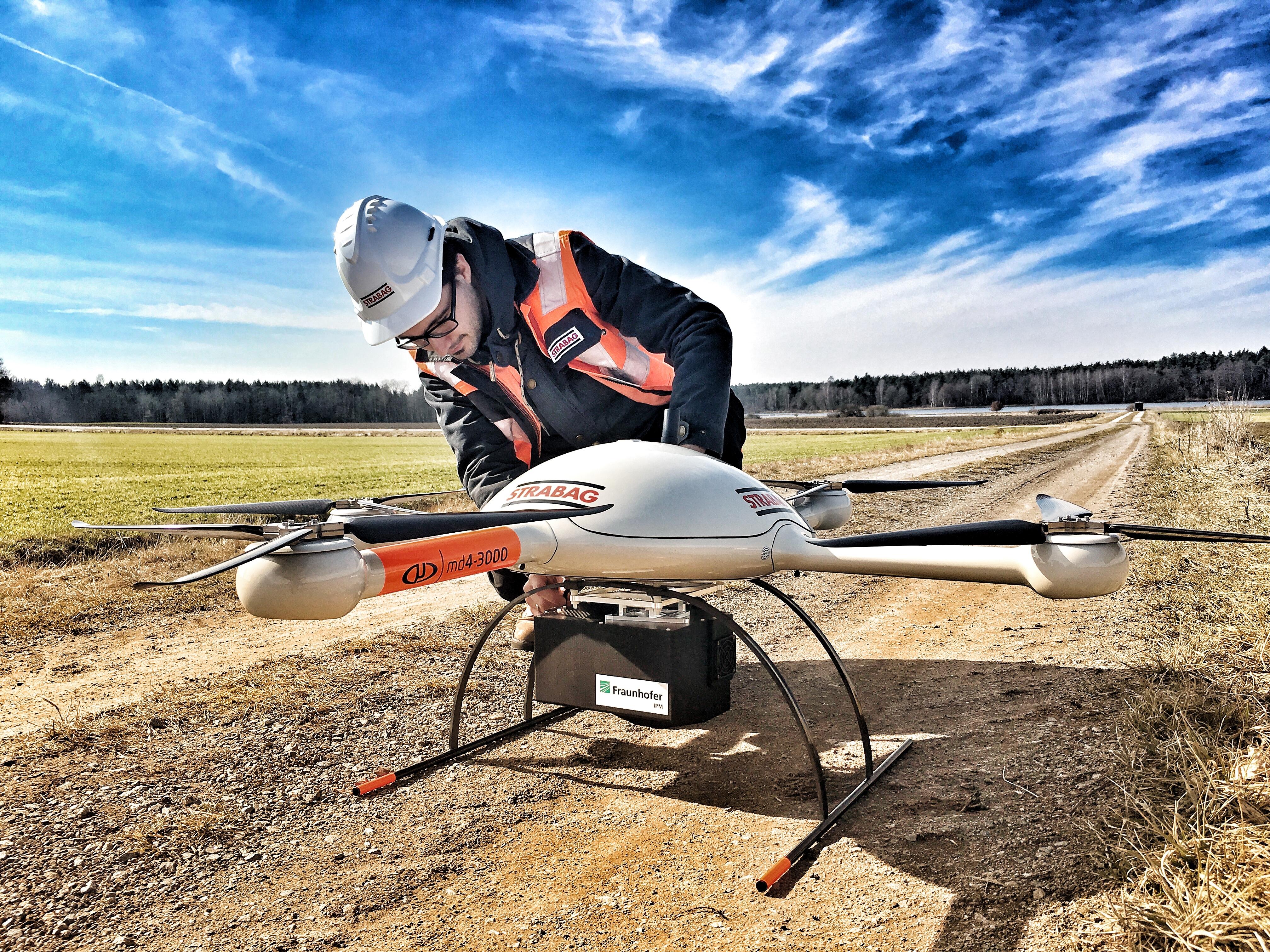As being the construction industry changes, innovative technologies carry on and reshape the method projects are conceived and executed. Between these advancements, drone surveying has appeared like a game-changer, supplying unprecedented accuracy, performance, and safety in gathering land data. This cutting-edge technique not simply streamlines the particular surveying process although also improves the total management of building projects, transforming standard practices in a more agile and accurate endeavor.
Drones, pre-loaded with advanced mapping and the image technology, provide in depth aerial perspectives that will were once demanding and time-consuming to have. The benefits regarding using drones intended for surveying are vast, covering a selection of programs from land make use of planning to infrastructure inspections. With typically the growing importance of data analysis found in this field, professionals are harnessing the potency of drone data to create informed decisions and even drive project accomplishment. As we get deeper into precisely how drone surveying is definitely revolutionizing the design industry, it might be crystal clear that this technology is not merely a passing tendency but a significant shift in how surveying is conducted.
The benefits of Drone Surveying in Design
Drone surveying is swiftly becoming a game-changer in the construction industry, offering outstanding advantages that standard methods simply cannot match. Probably the most substantial benefits will be the capacity to capture high resolution aerial images and even data in a cheaper time it would take using typical surveying techniques. Drones include advanced imaging technology that allows for detailed in addition to accurate mapping of construction sites, guaranteeing that project supervisors have access to up-to-date information for informed decision-making.
Another key element advantage could be the improved safety that drone surveying provides. Design sites may be dangerous environments with various dangers to personnel. By simply utilizing drones intended for site surveys, groups can reduce typically the need for workers to conduct examinations in potentially dangerous areas. This lowers exposure to problems for example falls, products accidents, and ecological dangers, while nevertheless permitting comprehensive site analysis and watching.
Moreover, the cost-effectiveness regarding drone surveying may significantly enhance project budgets. By rationalization the survey course of action and reducing the labor hours necessary for traditional surveying, contractors can easily see significant savings on both moment and resources. To be able to quickly gather and analyze data helps to prevent costly gaps and ensures that projects stay about track. As a result, drone surveying not only improves efficiency but also enhances overall efficiency on construction internet sites.
Essential Applications and Improvements in Drone Surveying
Drone surveying has manufactured significant inroads directly into various sectors, transforming traditional approaches to files collection and evaluation. One of the particular most prominent apps is in building, where drones are used for site surveys, supervising project progress, and providing real-time info to project administrators. By capturing high resolution images and producing accurate topographic maps, drones help improve the look of the planning and execution phases associated with construction projects, decreasing the probability of costly holds off and rework.
In culture, drone technology features revolutionized how farmers monitor crop health and fitness and manage sources. Drones built with multispectral sensors can determine plant vitality, recognize infestations, and enhance irrigation practices. This specific precision farming method minimizes waste in addition to enhances yields, empowering farmers for making data-driven decisions t lasting agricultural practices. The innovation reaches working with drones for garden soil analysis, enabling farmers to tailor their strategies to certain field conditions.
Moreover, the particular role of drones in environmental tracking cannot be overlooked. With their ability in order to easily access far off or difficult terrains, drones are increasingly being applied to track creatures populations, monitor demeure, and assess the particular effects of climate switch. This has significant effects for conservation attempts, as real-time info can inform coverage decisions and on-ground actions. As technological innovation advances, including superior sensors and device learning algorithms, the particular future of drone surveying promises increased innovations across these kinds of sectors.
Future Trends plus Considerations in Drone Technology
The future regarding drone technology found in surveying is scheduled to be designed by advancements within artificial intelligence and even machine learning. While these technologies are more integrated into drone systems, the capacity to analyze complicated data in true time will boost decision-making processes. This particular means that drones will not only capture high-resolution imagery and topographic data but in addition interpret and supply observations on that data instantly, allowing for quicker project adjustments in addition to improved resource allowance.

An additional key trend is certainly the increasing focus on regulatory frameworks around drone usage. Because drone surveying becomes more commonplace, go vernment authorities and aviation regulators are developing policies to ensure free from danger and responsible employ. This can include establishing guidelines for drone procedure in urban conditions, addressing privacy worries, and integrating drones in the existing airspace system. Companies utilizing drone technology may need to keep informed about these types of developments to make sure compliance and increase their operational possible.
Lastly, the demand regarding sustainability in structure and surveying is driving innovation inside drone technology. Drones equipped with eco friendly features, many of these as solar-powered systems and capabilities intended for environmental monitoring, are becoming more prevalent. These advancements not sole align together with the increasing awareness of ecological issues but also support the industry's goal of lowering its carbon footprint. As companies prioritize eco-friendly practices, drones will play a critical role in permitting efficient land research and promoting sustainable development.
